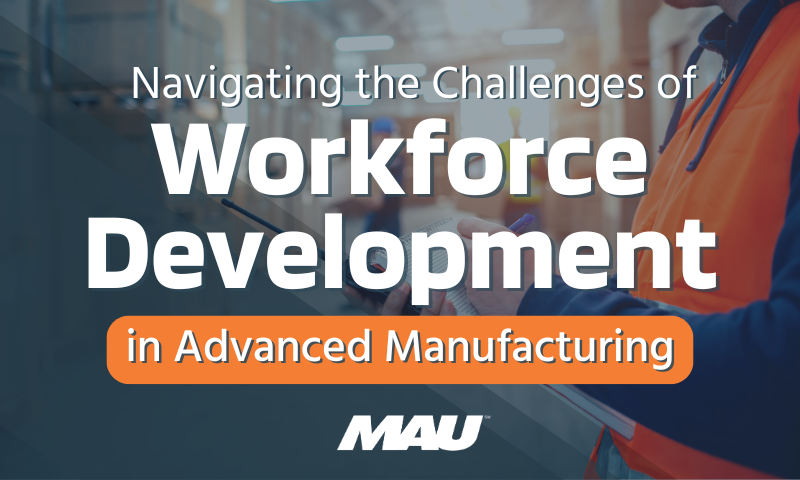Semiconductor chips are primarily used in new vehicles for things like brakes, power steering, and infotainment systems. They serve as the brain of nearly all modern electronics. According to CNBC, automakers are ‘scrambling to get supplies of the chips, which have extremely long lead times due to their complexity.” The shortage is creating significant, large-scale issues because it’s far down the supply chain, causing a ripple effect throughout the entire network.
So…what caused it?
To put it plainly, the Coronavirus pandemic has been the primary cause of the chip shortage. The reasons why are numerous:
1. Global-wide shut-downs caused production to freeze up and stock to drain.
2. The demand for electronics boomed, increasing competition between Tech Giants and Automakers for the dwindling number of chips.
3. Automakers underestimated consumers’ car demand in the second quarter of 2020 and decreased production, further spiking demand.
4. The cost of silicon has risen substantially due to the mass production of the COVID-19 vaccines; the silicon needed to make the vials is the same as the silicon used to manufacture chips and personal computers.
The COVID-19 pandemic has been disastrous in many ways, and businesses will be dealing with the consequences of it for years to come. A chip shortage may have occurred without the pandemic’s influence, but it’s clear that the pandemic accelerated and worsened the issue.
According to Razat Gaurav, CEO of supply chain software and analytics firm Llamasoft, “This is a classic example of the bullwhip effect. . . Small changes in demand, as they propagate further upstream in the value chain, the variability, and the volatility grows dramatically.”
So…what will end it?
Unlike many other disruptive technologies, the semiconductor chip shortage involves a physical increase in chip demand that cannot be met by the existing supply. Demand is starting to change as a slowdown in the world economy is expected. Fears around inflation have driven stocks down, and concerns about a recession lead buyers and consumers to be more cautious.
As recently as December, Deloitte Consulting predicted that the shortage would last through all of 2023. But now, the company’s chip analysts believe that the end is within sight, as the chip industry has boosted capital spending and much-needed factories are starting to come on line after lengthy construction projects.
Chip manufacturers are waiting for the U.S. Congress to approve the Bipartisan Innovation Act (CHIPS Act) to provide subsidies for factories to be built in the United States. Intel recently delayed a chip factory groundbreaking on a $20 billion facility in Ohio due to legislation uncertainty.
The solution is simple: more investment in chip manufacturing plants, new technical talent reskilling programs, and attracting workers with new skills.
To learn more about the cause and consequences of the semiconductor chip shortage, check out this blog!



